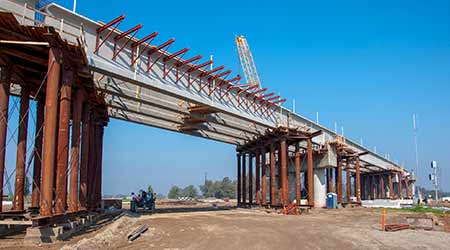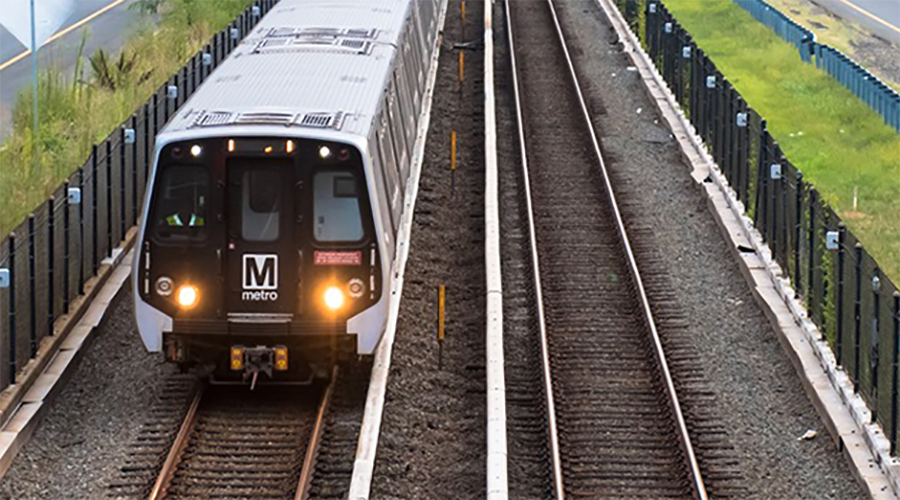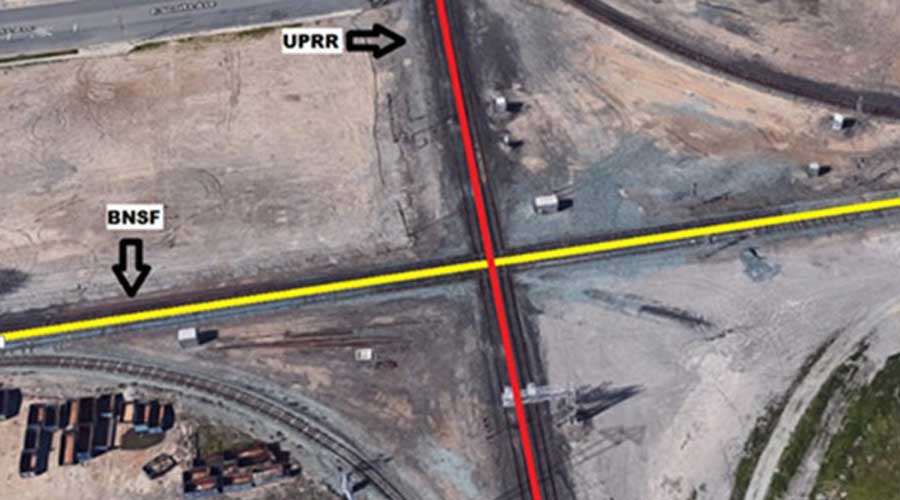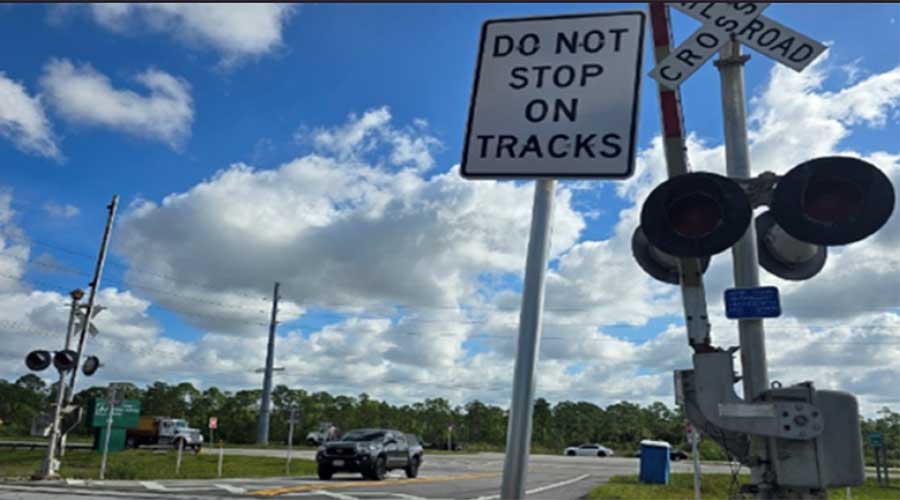Stay updated on news, articles and information for the rail industry
2/13/2019
Rail News: High-Speed Rail
California Gov. Newsom puts the brakes on LA-to-San Francisco rail line

California Gov. Gavin Newsom is scaling back the state's Los Angeles-to-San Francisco high-speed rail (HSR) program, deciding instead to focus on a shorter route in the Central Valley.
In his first State of the State speech since being sworn in as governor last month, Newsom said yesterday that the state should no longer pursue the entire project to connect San Francisco and Los Angeles with a HSR line. Instead, the state should focus on a 160-mile route that will connect Merced to Bakersfield in the Central Valley.
Long championed by Newsom's predecessor Gov. Jerry Brown, the state's HSR program has ballooned in cost from $64 billion to $77.3 billion and wouldn't be completed until 2033, according to the California High-Speed Rail Authority's (CHRSA) 2018 business plan.
Newsom cited the larger project's cost overruns, "little oversight and not enough transparency" for his decision.
"Let's be real, the current project as planned would cost too much and, respectfully, take too long. Right now, there isn't simply a path to get from Sacramento to San Diego, let alone from San Francisco to L.A. I wish there were," said Newsom, according to SFGate.com.
He supports finishing the rail line — already under construction — between Bakersfield and Merced because it would stimulate the economic of the state's central region and reduce air pollution, the Los Angeles Times reported.
The governor also said he will continue to push for federal and private funding for the entire rail line.
Later yesterday on Twitter, Newsom added: "We're going to make high-speed rail a reality for California. We have the capacity to complete the rail between Merced and Bakersfield. We will continue our regional projects north and south. Finish Phase 1 enviro work. Connect the Central Valley to other parts of the state."
In response to Newsom's comments, CHRSA Chief Executive Officer Brian Kelly said the authority is "eager" to complete the project's construction in the Central Valley.
"Importantly, [Newsom] also reaffirmed our commitment to complete the environmental work statewide, to meet our 'bookend' investments in the Bay Area and Los Angeles and to pursue additional federal and private funding for future project expansion. We welcome this direction and look forward to continuing the important work on this transformative project."
In a separate statement, Caltrain Executive Director Jim Hartnett said the governor's new focus on the Central Valley HSR construction includes the state's commitment to help fund Caltrain's electrification project.
"The state's high-speed rail project is required to provide $713 million toward Caltrain’s $2 billion project to electrify the rail corridor and replace most of the commuter-rail system's aging diesel trains with a new electric fleet that will reduce travel times, improve train frequency, and increase systemwide capacity," Hartnett said.
Caltrain's electrification project is under construction and scheduled to be completed in 2022. Last year, the state awarded an additional $165 million to support the purchase of additional electric trains, Hartnett noted.
"Caltrain is currently working to complete the Caltrain Business Plan, which is a long-term evaluation of how rail service should grow on the Caltrain corridor to accommodate ridership demand and address regional traffic congestion through 2040," he said.
The plan will recommend a preferred service vision for the corridor and identify the infrastructure investment necessary to support the increased service, Hartnett said.


 2025 MOW Spending Report: Passenger-rail programs
2025 MOW Spending Report: Passenger-rail programs
 Gardner steps down as Amtrak CEO
Gardner steps down as Amtrak CEO
 Guest comment: Oliver Wyman’s David Hunt
Guest comment: Oliver Wyman’s David Hunt
 Women of Influence in Rail eBook
Women of Influence in Rail eBook
 railPrime
railPrime








